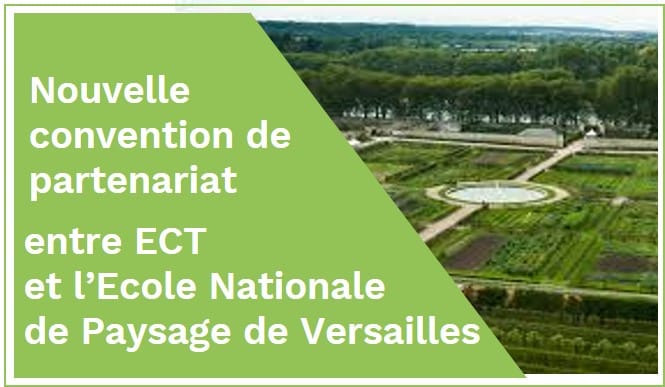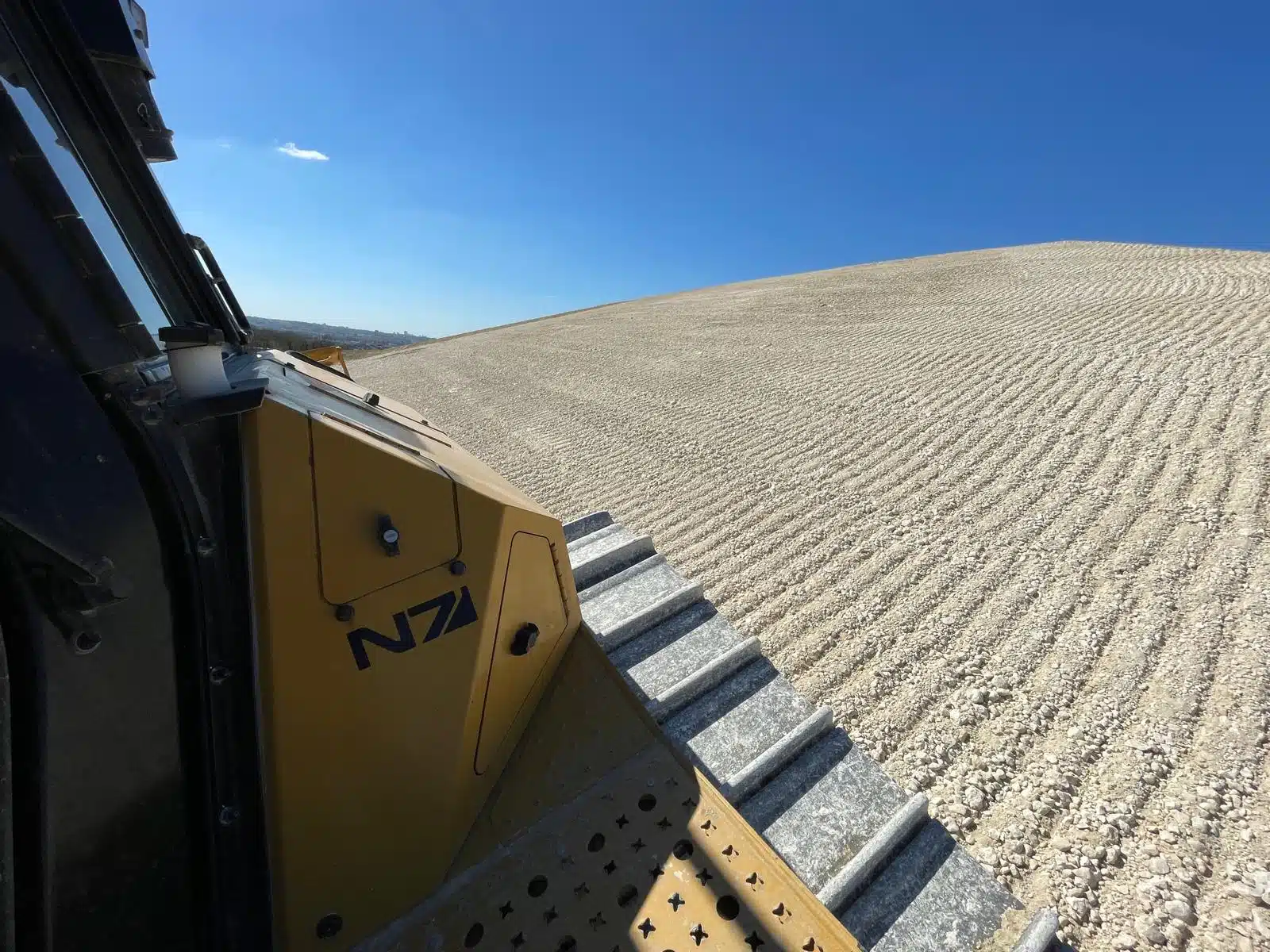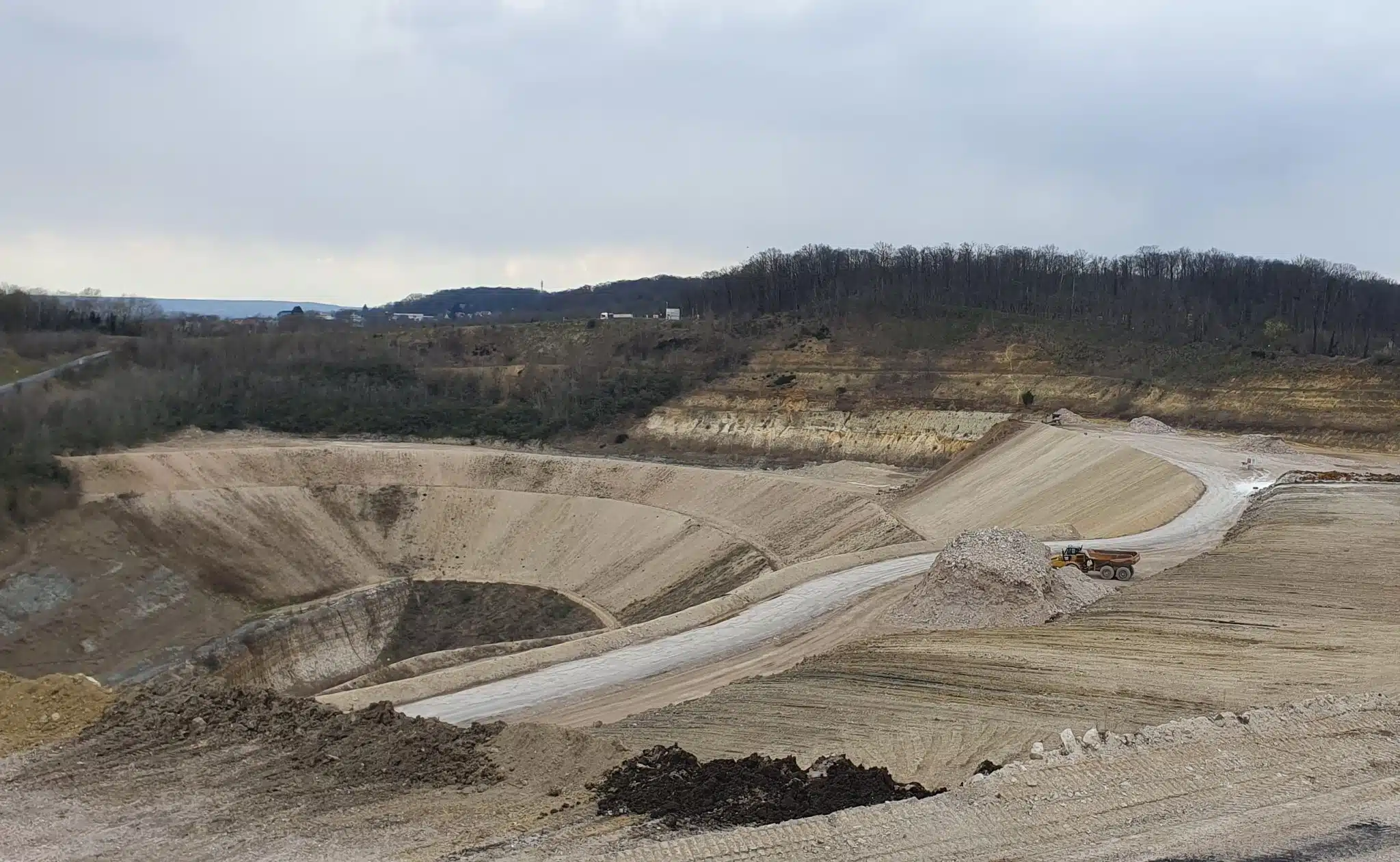A partnership agreement has been signed between the École nationale supérieure de paysage de Versailles and ECT, paving the way for a new “Landscape and Landscape” corporate chair. ENSP Director Vincent Piveteau and ECT President Laurent Mogno, signatories of the agreement, wanted to strengthen a collaboration initiated in 2017.
ECT has joined forces with ENSP to support a multi-year research-action program, the forerunner of a new corporate chair dedicated to land and landscape issues. The partnership between ENSP and ECT stems from a simple fact: every year, some 15 million cubic metres of soil are excavated in the Paris region as a result of building and construction work. This is a sign of strong economic activity and the development of major projects in the Capital Region. But locally, the reception of inert soils is still marked by ambiguity.
Vincent Piveteau, Director of ENSP: “There is a major challenge in moving away from a vision of “storage”, associated with the idea that inert soils are “waste”, and developing a vision of “services”, associated with the idea that inert soils are “resources” for innovative projects. ” As part of the “Landscape and Soil” Chair project, the multi-year work program aims to encourage projects, capitalize on experience, disseminate knowledge and promote achievements aimed at the general public, by exploring the links between inert soil as a “resource” and the “landscape”.
Vincent Piveteau, Director of ENSP: “The aim is to explore how the landscape treatment of inert soils can accompany relatively complex projects and be integrated into models for the creation of value and activities at local level. It is also about anticipating and accompanying the transformations over time of the environments present in development zones, and understanding the mechanisms of constitution or reconstitution of their fertility.”
Laurent Mogno, President of ECT: “Soil from construction sites is a material with which landscapers can create spaces and weave projects. The ENSP’s knowledge and training objectives on the issue of reusing inert soil as a material for imagining, designing and shaping are indicative of widely shared challenges, challenges for the future. I’m delighted with this partnership and the dynamic vision it brings to our development projects. “



